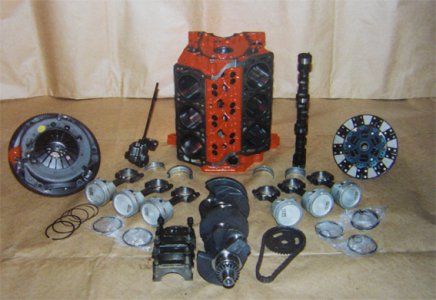- Joined
- Nov 25, 2015
- Messages
- 9,624
I don't use a chuck for the test, the idea is to try both ends. it is just a lever inside the spindle bore....
what I read when rebuilding my lathe was to just use a bar, not the chuck. It works on a plain bearing shimmed type of spindle.
what I read when rebuilding my lathe was to just use a bar, not the chuck. It works on a plain bearing shimmed type of spindle.

